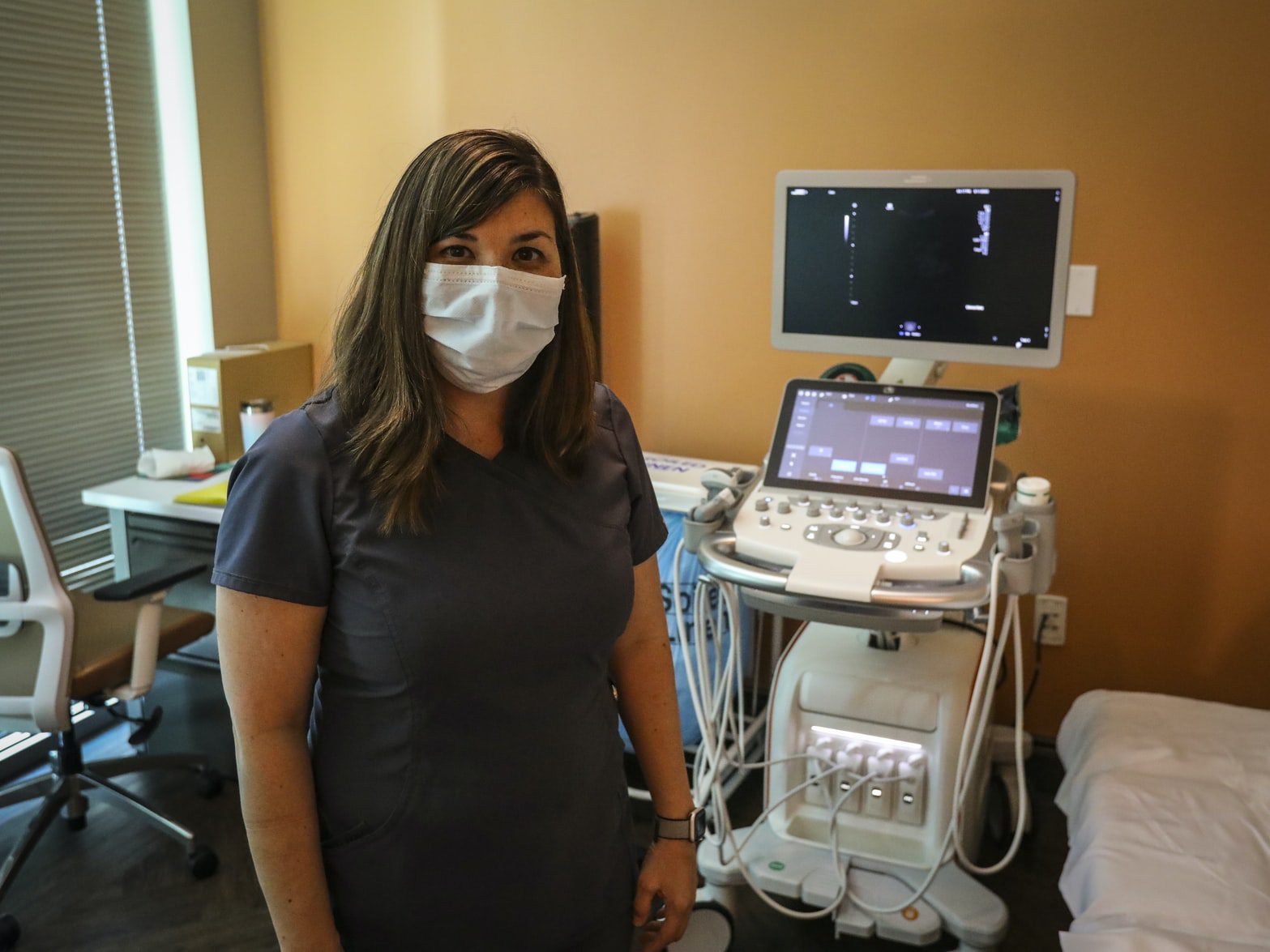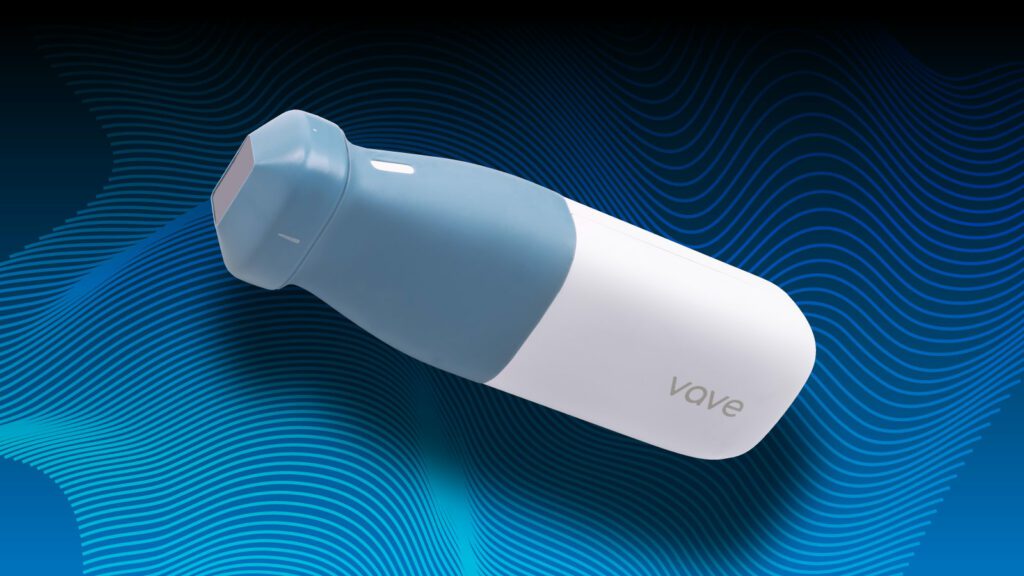Ultrasound technology is important in a wide array of applications in the world of medicine, especially when it comes to diagnoses. From providing information about the development of the fetus in utero to offering ways to learn more about the gallbladder and blood vessels, the pediatric and cardiac applications of ultrasound technology are vital to the day-to-day operations of any emergency room or physician’s office. With that in mind, clunkier ultrasound machines that must stay in one room or be wheeled on carts from patient bedside to patient bedside can potentially hinder a doctor’s ability to quickly diagnose a condition.
In some situations, particularly in emergency medicine, the ponderous nature of traditional ultrasound machines can negatively impact a patient’s medical care outcome. This is why handheld ultrasound devices are becoming increasingly popular in many medical settings. A handheld ultrasound device offers the same clarity in imagery that other ultrasounds do; however, handheld ultrasounds are smaller, easier to maneuver, and ultimately, more affordable. Learn more about what handheld ultrasounds are and how they are speeding up diagnosis below.
General Medicine
Generalists face daily a number of taxing conditions, from overcrowded schedules to insufficient equipment and staff. Standard ultrasound devices go a long way toward relieving these challenges, allowing for quick and accurate imaging of the various pathologies they encounter, but they are not without challenges of their own. Portable ultrasound devices offer another step forward for busy clinicians in general medicine clinics.
First and foremost, portable ultrasound devices are significantly lighter and less cumbersome than their larger counterparts. Vave, for example, weighs a mere 340 grams and is readily paired with mobile devices (iOS or Android) for wireless ultrasound and easy access. Its encrypted footage can be viewed directly from a mobile device or accessed via the cloud from a different terminal altogether.
The time-saving benefits of POCUS devices for generalists are self-evident. Rather than referring each case for separate imaging to a different area entirely, they can obtain a focused image on a patient immediately, quickly identifying the problem in some cases and sending for deeper imaging only in those cases that truly require it.

Medical Education
Portable ultrasound devices are certain to play a large role in the medicine of the future, perhaps even one day replacing the time-tested stethoscope in the physician’s arsenal. The sooner medical students familiarize themselves with portable machines, the more prepared they will be to take advantage of their many benefits.
These easier-than-ever imaging technologies are naturally revolutionizing classroom and hands-on education alike. POCUS provides direct feedback throughout the learning process, enhancing a student’s ability to understand not just general anatomy, but also how anatomy responds in the moment to external stimuli.
In the case of Vave, the mobile software comes equipped with an on-demand learning solution, offering expert feedback on submitted ultrasound images. The software tracks your progress as you build skill with the device, so you can learn as you go to help build on the knowledge you need for your medical career.
Cardiology
Time is all too often of the essence in cardiology. Not only can life-threatening patient complications develop rapidly, but earlier intervention may also be a critical factor in achieving a positive outcome. Imagine how much time it would buy to be able to simply see, at a glance, the state of a patient’s heart.
Numerous studies have shown the profound advantages POCUS technology can have on patient outcomes. Handheld devices have reduced the time from diagnosis to therapy by as much as 18 hours in patients with heart failure. Many other heart failure cases have been successfully sped along through the initial examination with the aid of portable devices like Vave.
Instead of being tied down to a stationary ultrasound lab or bulky cart-based machines, portable ultrasound lets cardiologists conduct a POCUS exam adapted directly to the setting they find themselves in. No matter the size or shape of a clinic or hospital ward, and even in crowded conditions, point of care ultrasound brings the image to you.
Critical Care
In many cases, dressings, lines and tubes can make maneuvering patients, and wired ultrasound systems around them, difficult. Much of the use of ultrasound for critical care lies in cardiopulmonary assessment, and wireless handheld ultrasound may make this task easier and more efficient than it has been in the past.
Apart from more efficient monitoring, however, many referrals for comprehensive tests may be more than is required to answer the clinical question at hand, in addition to taking more time to obtain results to act upon.
Using POCUS devices like Vave can be one such solution. Studies have shown that portable ultrasound solutions reduce unneeded referrals to echocardiography by as much as 20%. Technology like this may streamline the operation not just of critical care, but of the entire hospital.
POCUS Is the Future of Medical Imaging
Point of care ultrasound devices and POCUS exams have the potential to eliminate a great number of the hurdles currently present in clinical care, from time to therapy to assisting in patient understanding. Their versatility and ease-of-use position them to be a major help to medical professionals and students in fields all across the healthcare industry.

